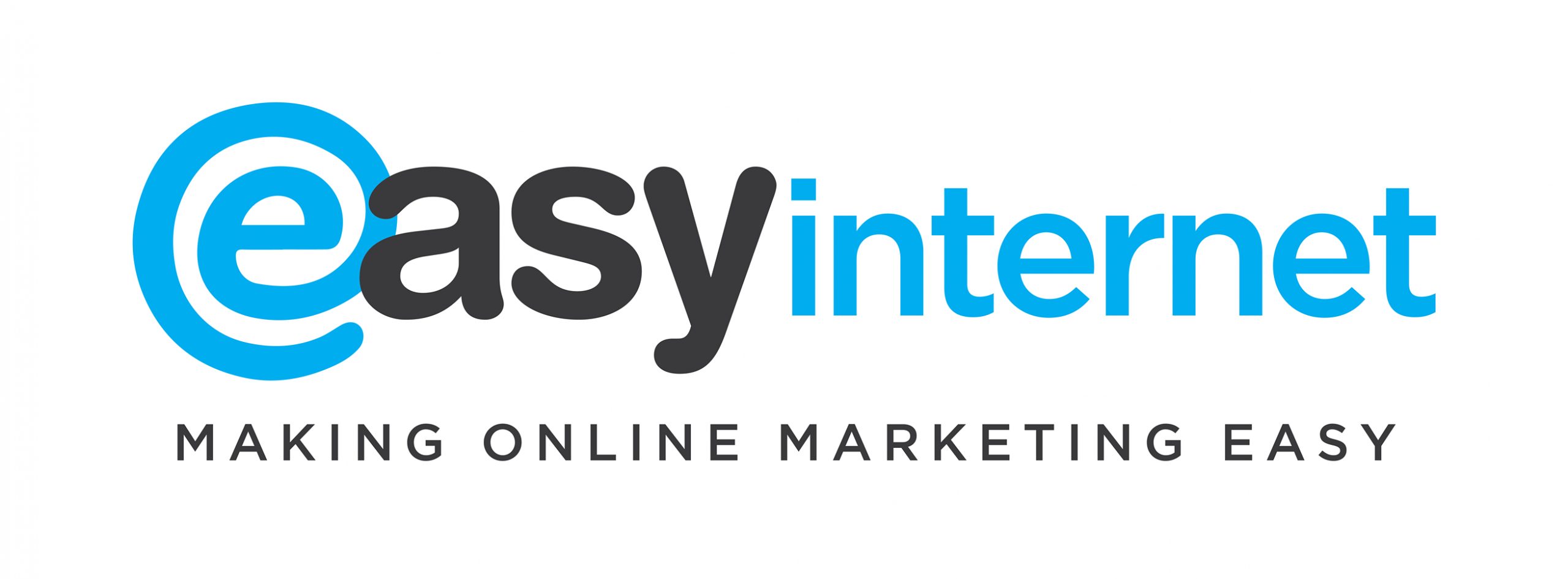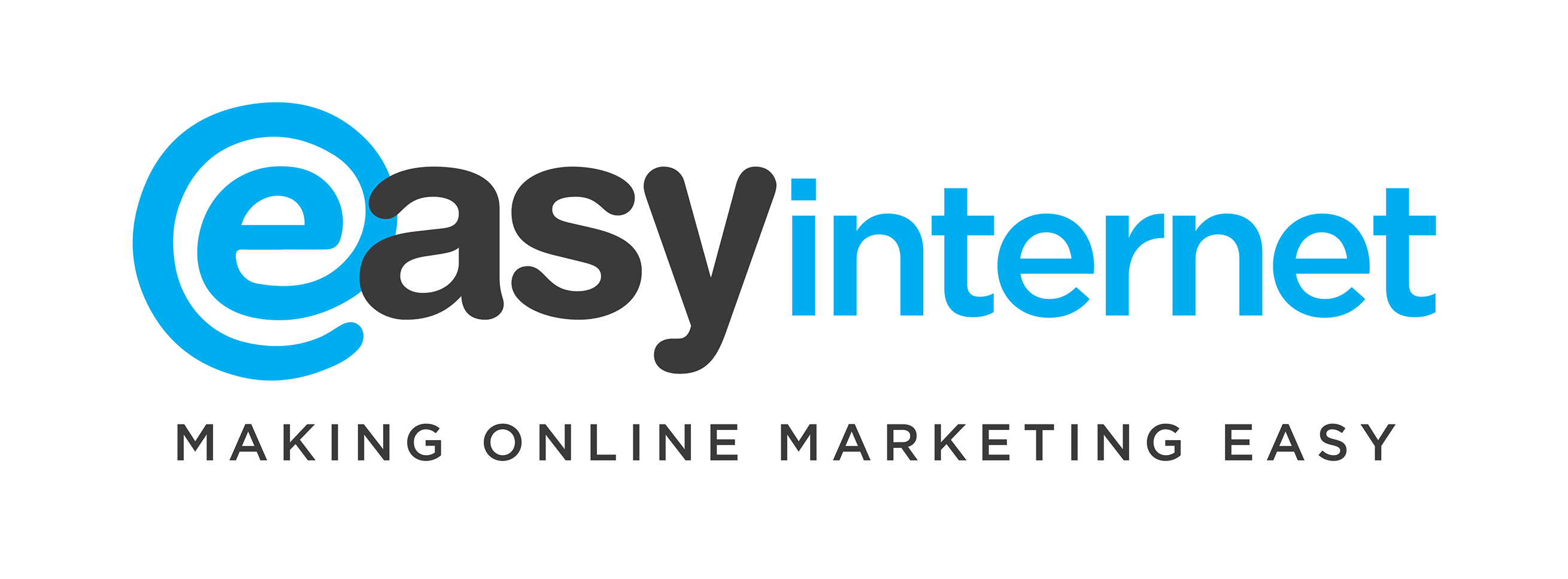What is PPC?
Pay-per-click (PPC) is a digital marketing strategy that allows advertisers to pay a fee each time one of their ads is clicked. It’s essentially a way of buying visits to your site, rather than attempting to earn those visits organically. The most popular paid advertising system in the world today is Google Ads.
How Does Paid Search Work?
PPC advertising revolves around keyword bidding. Advertisers select keywords they want to bid on to gain more clicks, and if their bid is among the highest, their advertisements will appear in the search engine results when someone searches for that keyword.
But it’s not just about who bids the highest. Search engines also look at the relevance and quality of the paid advertising and the landing page it leads to. This means that even if your bid is lower than your competitor’s, your ad could still appear above theirs if it’s deemed more relevant to the user.
Understanding Paid Ads Platforms
In 2023, there are several pay per click platforms that advertisers can use to reach their target audience. These include platforms such as Google Ads, Bing Ads, Facebook Ads, Tiktok Ads, Instagram Ads, and LinkedIn Ads. Each platform has its own unique features and benefits, and the best choice will depend on your specific business goals and target audience.
The Importance of Bidding in PPC
Bidding is a crucial aspect of PPC advertising. Your bid amount is one factor determining whether your ad will be displayed for a particular keyword. It’s important to set a competitive bid and ensure that the bid’s cost aligns with the potential return on investment from the ad.
Selecting the Right Advertising Keyword
Choosing the right keywords is critical for the success of your PPC campaign. These should be words or phrases that your target audience is likely to use when searching for your products or services. Keyword research tools can be helpful in identifying high-volume, relevant keywords.
A Deep Dive into Google Ads
Google Ads is the most popular PPC advertising platform. It allows you to create a variety of ad types, including search ads, display ads, shopping ads, and video ads. Google Ads also provides a comprehensive dashboard for tracking and optimising your campaigns.
Types of PPC Campaigns
Google Ads offers a variety of PPC campaign types, each designed to align with different business goals and target different kinds of audience behaviors. These include:
- Search Ads: These are text ads that are displayed among search results on a Google search results page.
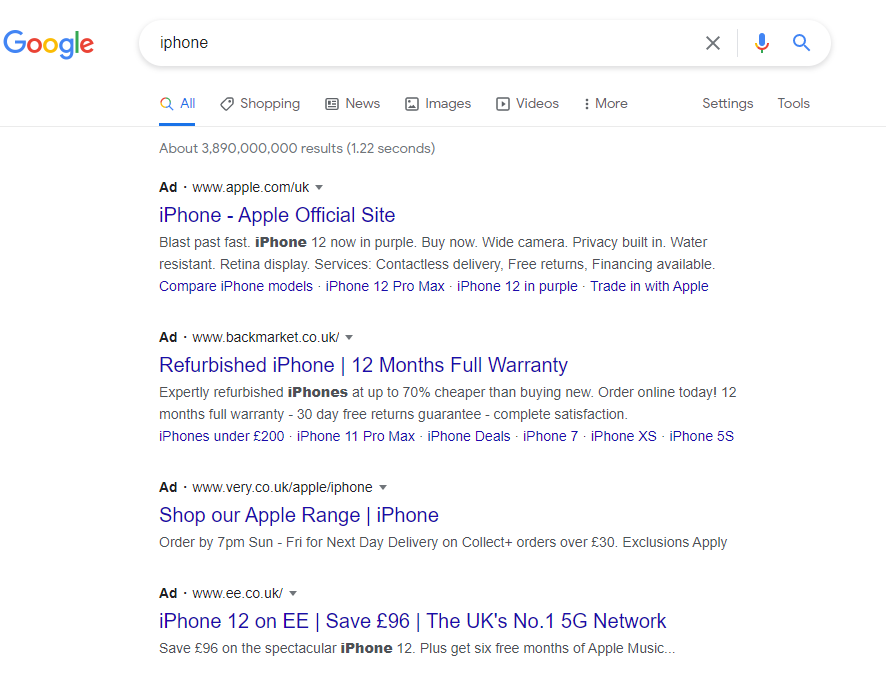
- Shopping Ads: Some shopping ads appear on the main search result page whilst others appear on the shopping tab and images tab. Shopping ads take information from a feed on your website, so results can show up to date listings and information and attract visitors to your website quickly.
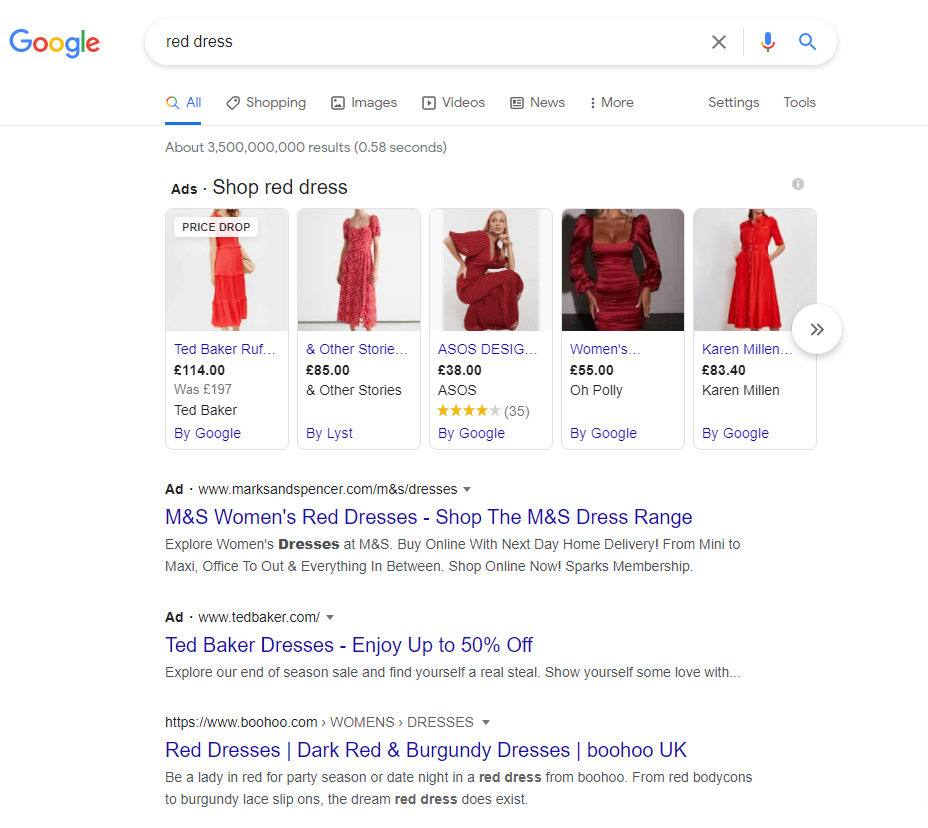
- Display Ads: These ads appear on a variety of websites and take the form of banners, images, and videos. Display ads can be targeted to appear on websites where users are likely to have an interest in your products of services, for example, if you sell baby clothes your ads could be shown on a parenting forum.
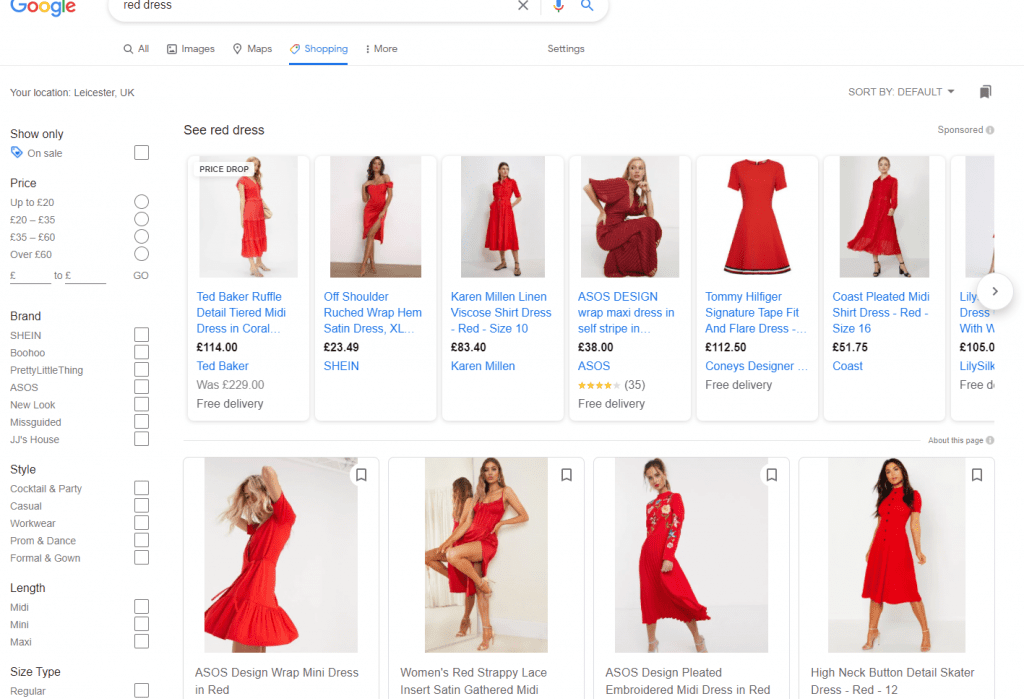
- Video Ads:
These ads appear on YouTube and other sites that are part of the Google video partners program. Video ads can be skippable and non-skippable up to 15 seconds, allowing you to improve brand awareness as well as conversions.
Google ads can be set to target exact keywords or phrases for full control over your advertising, phrase matches for a slightly more flexible approach, or broad match to include variations, related searches, and misspellings.
Managing Paid Search Campaigns
As everything is detailed on your dashboard, it’s easy to review your campaigns and make adjustments to improve performance.
You can view the terms people have typed in to bring up your ads and set them as negative keywords if they aren’t relevant to the products and services you offer. You can also begin to identify areas of interest you may be missing and create new ads to target them.
If you identify that your ads are popular with a specific demographic, you can create a bid adjustment to tell Google you’re prepared to pay an additional amount to attract these users.
Google also has a handy recommendations tab for each campaign with useful suggestions for ways you can improve your ad performance, this includes keywords to add and remove, campaign issues, and new ad formats that may be beneficial.
The Benefits of PPC
PPC (Pay-Per-Click) marketing offers several benefits that make it an effective online advertising method. One of the main advantages of pay per click is that advertisers only pay when a user clicks on their ad, hence the name. This allows businesses to only spend money on actual results, making it a cost-effective marketing strategy. Moreover, with CPC (Cost-Per-Click), advertisers have control over their budget and can set maximum bids on keywords they wish to target. Another benefit of PPC is its ability to ensure visibility on the Search Engine Results Page (SERP).
Paid ads are displayed separately from organic search results, giving businesses a chance to get their brand in front of potential customers. Furthermore, the use of specific match types within PPC campaigns allows advertisers to target their audience more accurately. By choosing the right match type, such as broad match, phrase match, or exact match, advertisers can control the relevance of their ads to search queries from a specific platform.
Lastly, organising ads into ad groups helps in structuring campaigns, making it easier to manage and optimise ad performance. Businesses can enhance their targeting and improve the overall effectiveness of their PPC campaigns by grouping related keywords and ads together. Overall, pay per click marketing offers a range of benefits including cost-effectiveness, control over budget, increased visibility, accurate targeting, and efficient campaign management.
Pay Per Click or Organic SEO?
While PPC can drive immediate results, organic SEO is a long-term strategy that can yield sustainable growth over time. Many see paid search and organic SEO as two competing marketing strategies but a combination of the two is recommended for the best results as they complement each other. A well-rounded digital marketing strategy will often include both pay per click and SEO.
Although many businesses use paid ads to attract traffic quickly when launching a new website or starting a new SEO campaign, in the later stages the two can be used to cover a wider range of search terms and drive business growth.
For example, search ads can be used to target more competitive keyword terms or target a national market while you focus your organic optimisation on a local audience. Shopping ads can be used to target specific product pages while focusing your organic SEO on category-specific keywords.
PPC Advertising Trends in 2023
In 2023, we’re seeing several trends in paid search advertising that are shaping the industry. These include the increasing importance of video ads, the use of artificial intelligence in ad targeting and optimisation, and the growing focus on local PPC advertising as businesses seek to reach customers in their immediate geographic area.
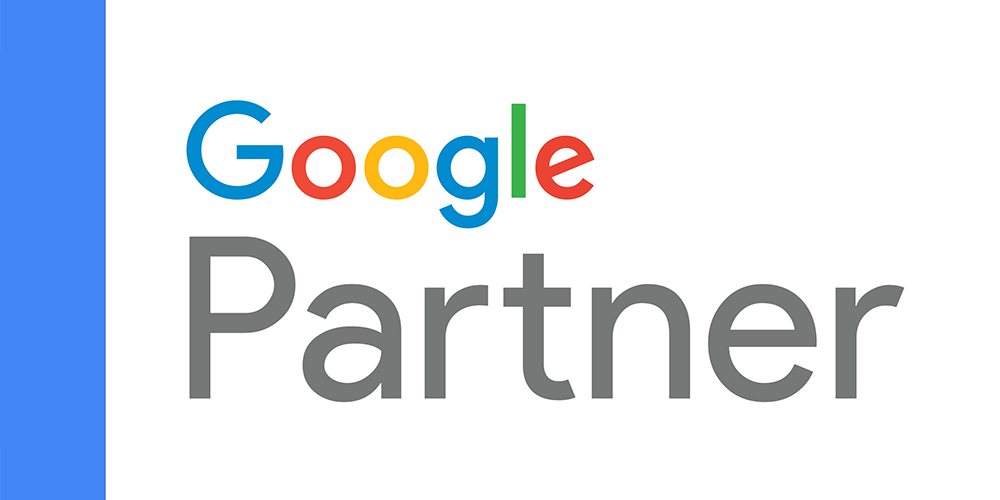
If you’re interested in setting up a Google Ads campaign for your business, our team of qualified Google advertising professionals can assist with the initial set up and ongoing management. Contact us today for a free, no obligation quote.
